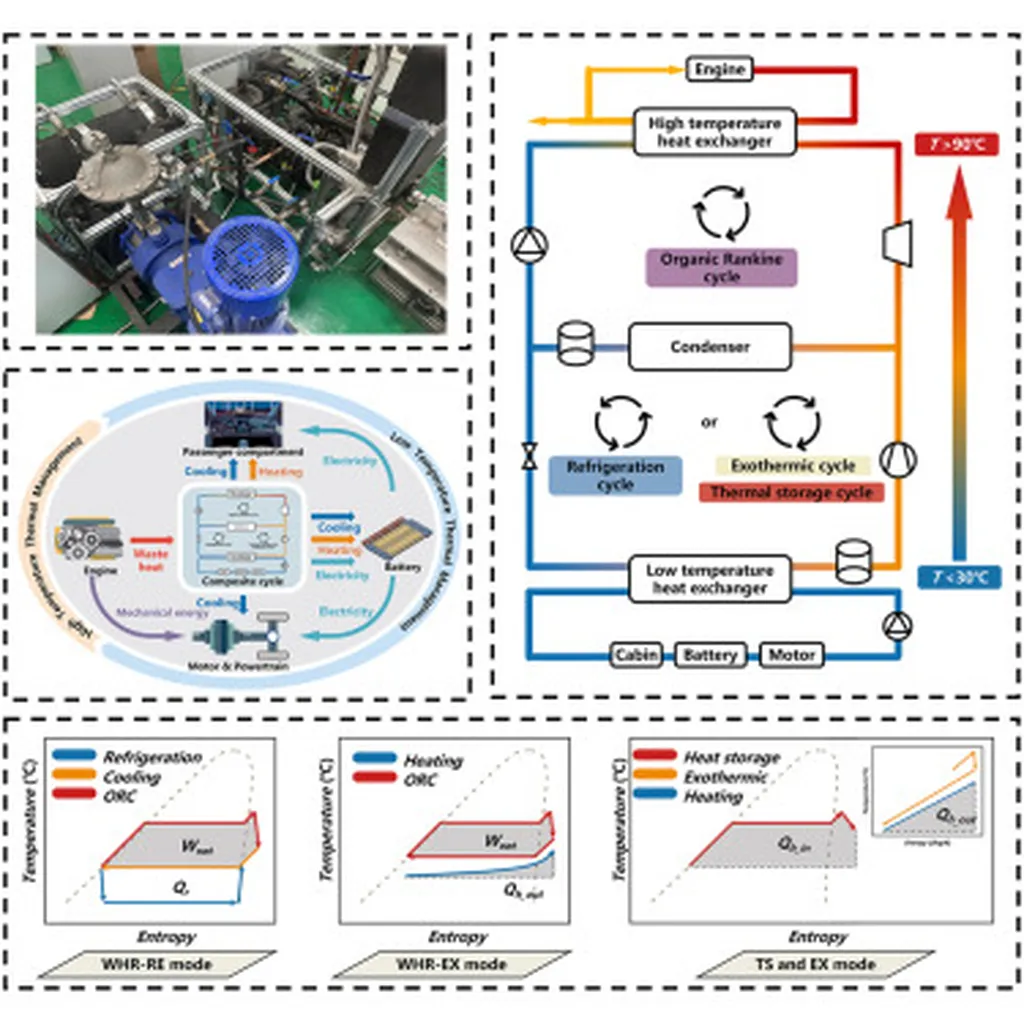In the quest for sustainable energy solutions, thermal energy systems (TES) are undergoing a remarkable transformation, bridging traditional technologies with cutting-edge innovations. A recent study published in *Frontiers in Thermal Engineering* (which translates to *Frontiers in Thermal Engineering* in English) sheds light on the latest advancements and their potential to revolutionize the energy sector. Led by Val Hyginus Udoka Eze, the research offers a comprehensive look at how digitalization and hybrid technologies are reshaping TES, promising significant commercial impacts.
The study, which systematically reviewed 163 peer-reviewed articles published between 2004 and 2024, highlights the urgent need for sustainable and efficient thermal energy systems. Traditional fossil fuel-based technologies, while foundational to global industrialization, are plagued by low conversion efficiencies and high greenhouse gas emissions. “The dependence on finite resources and the environmental impact of conventional systems have necessitated a shift towards more sustainable alternatives,” explains Eze.
One of the most compelling findings is the role of digitalization in optimizing TES performance. Artificial intelligence (AI), machine learning (ML), Internet of Things (IoT), and digital twin technologies have enabled real-time optimization, predictive maintenance, and adaptive control. These advancements have improved system efficiency by 20%-35% and reduced downtime by up to 40% in pilot projects. “Digital tools are not just enhancing efficiency; they are redefining the way we manage and maintain thermal energy systems,” notes Eze.
The integration of advanced storage media, such as phase change materials (PCMs), thermochemical options, and nano-enhanced composites, has also shown promising results. Waste heat recovery technologies, notably organic Rankine cycles (ORCs) and thermoelectric generators (TEGs), have achieved energy recovery efficiencies exceeding 80% for low- to medium-grade heat streams. This is a game-changer for industries looking to reduce energy costs and environmental impact.
Moreover, modular and containerized TES solutions have demonstrated effectiveness in decentralized applications. In agriculture, these solutions have reduced post-harvest losses by up to 30%, while in sub-Saharan Africa, they have improved vaccine cold chain reliability by over 50%. “The versatility and scalability of these systems make them ideal for a wide range of applications, from industrial processes to remote healthcare,” says Eze.
The study also emphasizes the importance of hybrid renewable integration. By combining biomass, concentrated solar power (CSP), and photovoltaic-thermal (PVT) systems, TES can play a pivotal role in multi-vector decarbonized energy platforms. This integration not only enhances energy security but also promotes global energy equity.
Looking ahead, the future of TES will be shaped by interdisciplinary research, advanced material innovation, and supportive regulatory frameworks. “The transition towards intelligent, low-carbon thermal networks is not just a technological evolution; it’s a paradigm shift essential for long-term sustainability,” Eze concludes.
As the energy sector continues to evolve, the findings from this study offer a roadmap for achieving the Paris Agreement goals and fostering a more sustainable future. With digitalization and hybrid technologies at the forefront, the potential for TES to drive commercial impacts and environmental benefits is immense. The research published in *Frontiers in Thermal Engineering* serves as a beacon for the industry, guiding stakeholders towards a more efficient and sustainable energy landscape.

